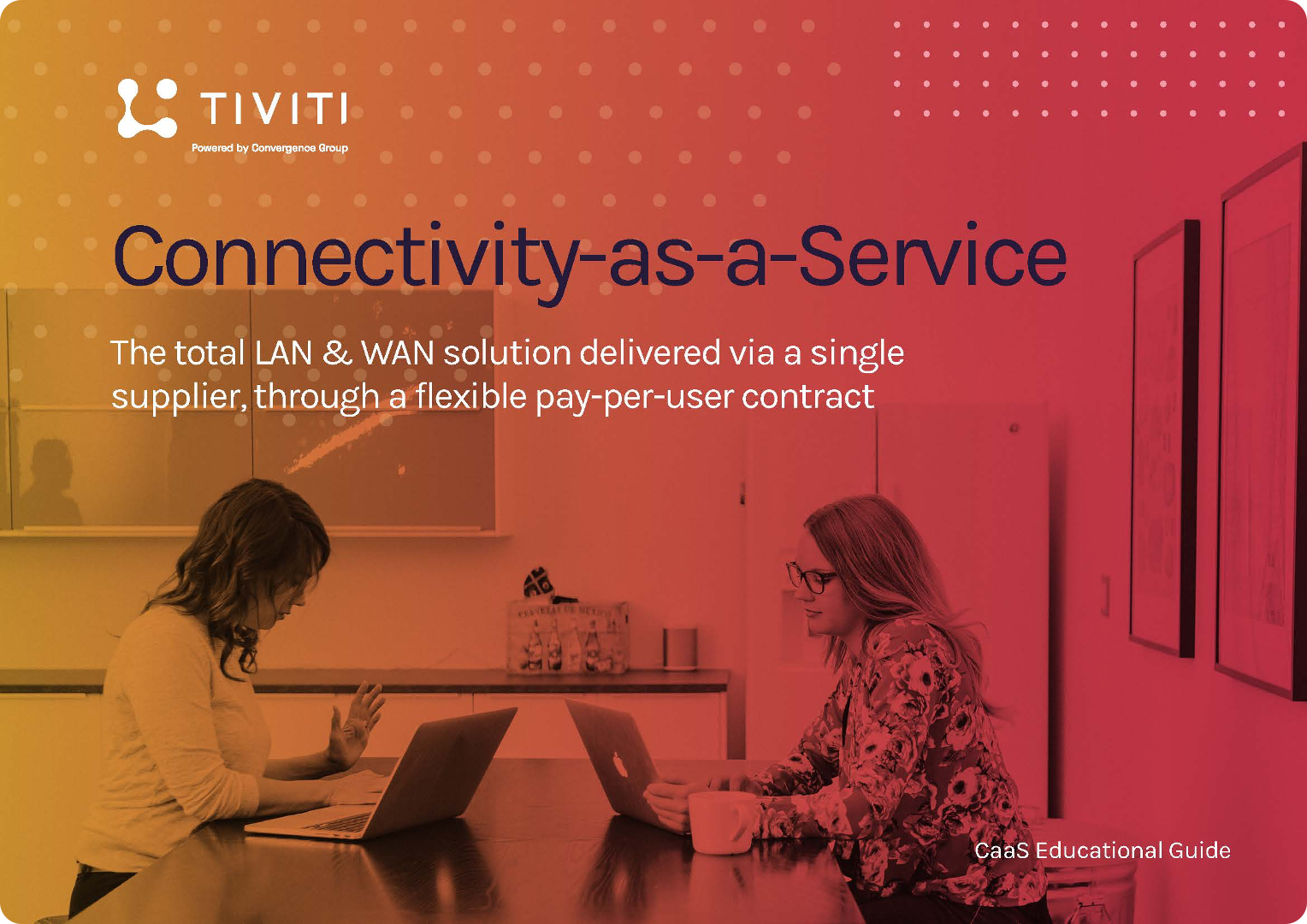Out with the old
At present, a typical business will negotiate its connectivity agreement with a variety of prospective service providers, according to their requirements around sites, speeds, hardware and security. Of the providers who can tick all of the business’s boxes, the one that offers the lowest price will normally win and then brings the business into a fixed-term contract, typically of three or five years in duration. There will typically be fixed one-off costs at the start of the contract, covering pricebook, managed router and supplier costs, and then a rental cost that is billed quarterly or annually.
Back when businesses had fairly fixed connectivity needs that didn’t change very often (i.e. for a set number of employees at a set number of sites), this worked perfectly fine and allowed businesses to treat connectivity as a utility like their gas or electricity. However, there was one key difference: whereas gas and electricity are charged according to how much is consumed, connectivity was charged at a fixed rate that effectively assumed the service was being used at 100% all the time.
In the last few years in particular, business connectivity has fundamentally changed. Companies now have more devices and hardware that need to be connected, they need better and more reliable connectivity, and they need to connect far more sites as people increasingly work remotely. According to the Office for National Statistics, around a third of information and communications workers operated from home in 2019 - and that was before COVID-19 struck. Fast forward two years, and Growmotely research has found that across industries, as few as 3% of employees want to return to full-time office work post-pandemic.
Because of this, existing connectivity provisions are holding businesses back: they are finding themselves locked into long contracts, and are racking up huge costs for making any Moves, Adds or Changes (MACs) in order to give them the networking they need. This isn’t practical or sustainable for businesses… but an alternative is available.
A flexible change
In order to better serve modern businesses, a consumption-based model has emerged. Instead of paying a fixed amount over the length of a contract, businesses pay only for the connectivity they need, and not for any hardware or other capital investments. This can be charged on a fixed cost per user, and therefore can rise and fall from month to month as a business’s connectivity needs scale up and down over time. To put it in the context of utilities, it’s like paying for the gas that you use, instead of paying for the pipe that supplies it. Furthermore, you’re also able to keep an eye on the ‘meter’ and track connectivity costs with clarity.
This as-a-service commercial model works even better for businesses when they can source several different connectivity needs - or even all of them - from one supplier. This cuts the complexity out of dealing with several different providers, all with their own solutions and contractual terms, and means businesses have a single point of contact for all their commercial and support considerations.
All this makes sense for businesses that are increasingly distributed in how, when and where work is done. The impact of the COVID-19 pandemic has made this even more important: many businesses in all sectors have found that bringing more flexibility into how they operate is beneficial to them. In the information and communications industry, for example, 30% of businesses are planning to use home-working as a permanent solution post-pandemic.
However, succeeding with a more flexible approach in the long-term requires similar flexibility to be embraced in the technology a business uses, and in the connectivity that technology requires. To make that happen, it’s clear that a consumption-based utility model, provided on an as-a-service basis with no long contractual commitments, is the way to go.
Tiviti’s Connectivity-as-a-Service can transform how you use and pay for the connectivity that powers your business every day. Learn more about how it works here.


